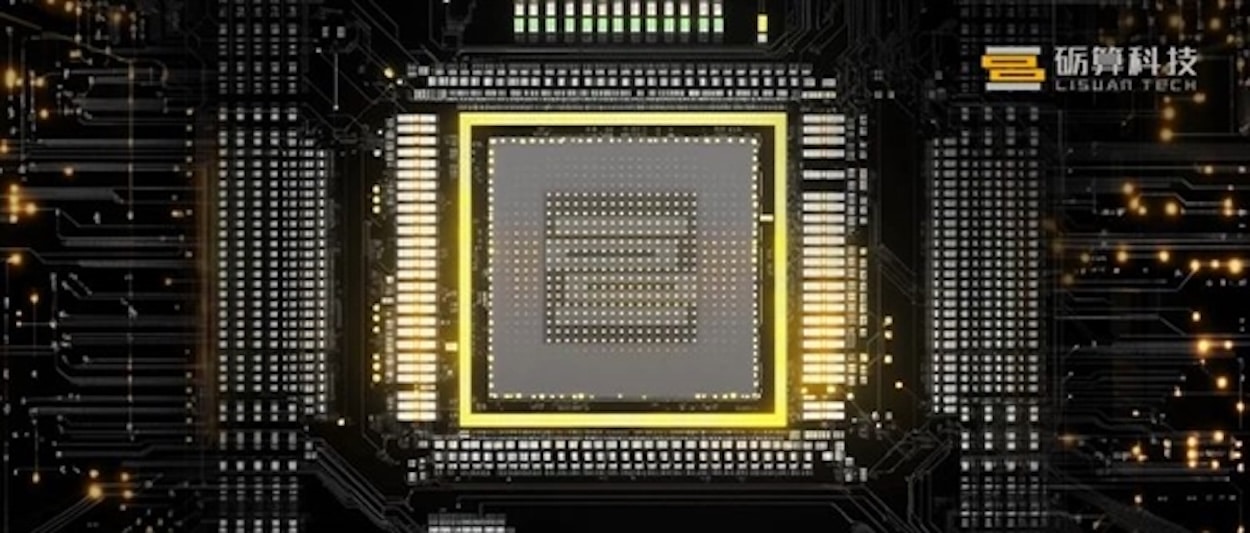The race for China’s technological independence takes a new turn with the arrival of the first national graphics chip manufactured with 6-nanometer technology. The company Lìsuàn Technology (砺算科技) has confirmed that its GPU G100, based on a completely internally developed architecture, has been successfully powered on and is beginning to yield preliminary results in performance testing.
G100: Custom Architecture, Heading Toward AI and Rendering
The G100 chip, based on an architecture called TureGPU, has been designed to offer advanced capabilities for both graphics and artificial intelligence acceleration. According to the company, its target performance is around the NVIDIA RTX 4060 range, although it is currently in the initial phase of validation and optimization.
However, its first public appearance—recorded in GeekBench under the name 砺算7G100—yielded more modest figures. Equipped with 32 compute units and a base frequency of just 300 MHz, the chip scored 15,524 points in OpenCL, placing it on par with graphics cards like the NVIDIA GTX 660 Ti (2012) or the Radeon R9 370 (2015).
A Low Score? Yes, but Not Definitive
The result has raised some skepticism in the community, but experts remind us that this is a completely new architecture, with still limited compatibility in benchmarking tools like GeekBench. Additionally, the test was conducted on a platform with an AMD Ryzen 7 8700G processor, 64 GB of DDR5-4800 memory, and a motherboard with a B650 chipset, without specific optimization for the new graphics chip.
It also stands out that the minimum amount of dedicated memory detected in the test was just 256 MB, indicating that we are looking at a validation version rather than a final model.
More Than Raw Power: A Strategic Milestone
Although the initial results may seem disappointing compared to major brands, the true value of the G100 lies more in its technological and political significance than in its current power. It represents the first successful attempt to manufacture a 6-nm GPU with 100% local architecture, a goal that is part of China’s national plan to reduce its dependence on foreign suppliers for key components like graphics chips.
With companies like NVIDIA and AMD facing increasingly strict export restrictions from the United States, initiatives like Lìsuàn Technology’s represent a necessary step toward the country’s technological sovereignty.
Next Steps: Refinement, Validation, and Deployment
Lìsuàn Technology has indicated that the G100 is still in the adjustment phase and its performance will improve in the coming weeks. The company plans to start the first deliveries to customers for pilot testing this summer, with the aim of entering the market for mid-range workstations and servers with AI capabilities.
An official launch is also scheduled for late July, where more complete versions, information about drivers, benchmarks with optimized software, and initial commercial integration projects could be revealed.
Final Analysis: While the G100 does not currently compete directly with the giants of the industry, its development marks a symbolic and strategic advance for China. In the context of global technological tensions, the existence of a domestically produced GPU made with 6 nm technology and its own architecture may signal the beginning of a new era for the semiconductor industry in the Asian country.
via: MyDrivers

